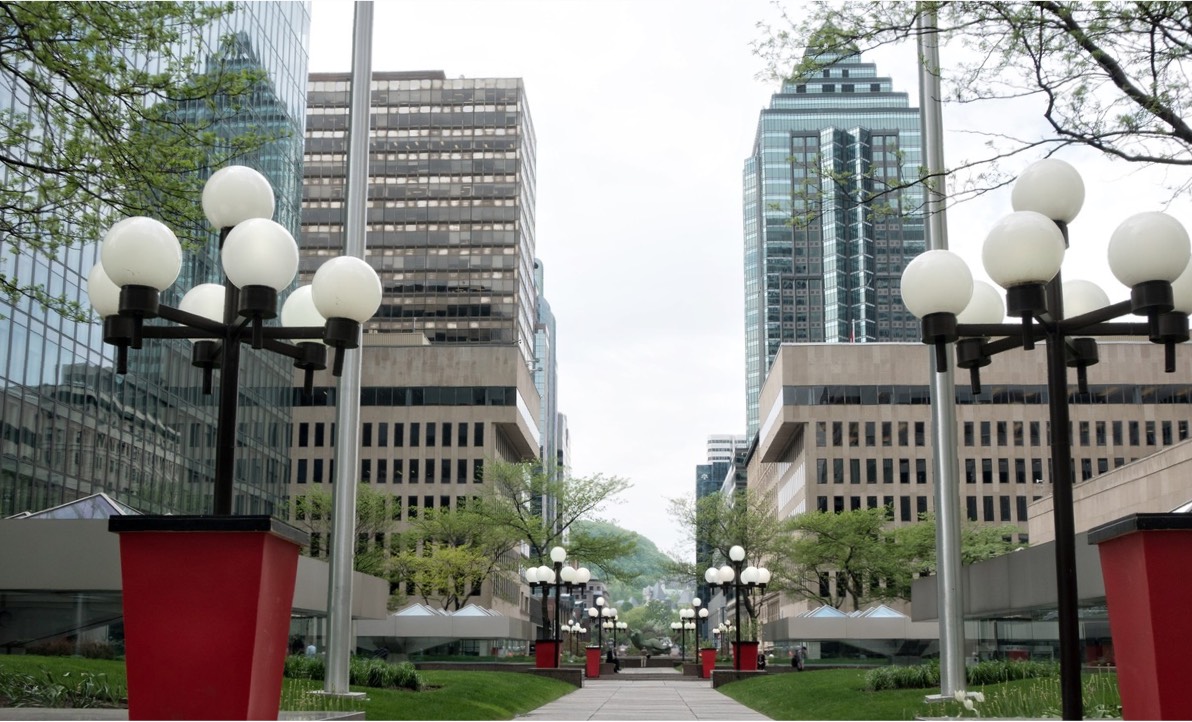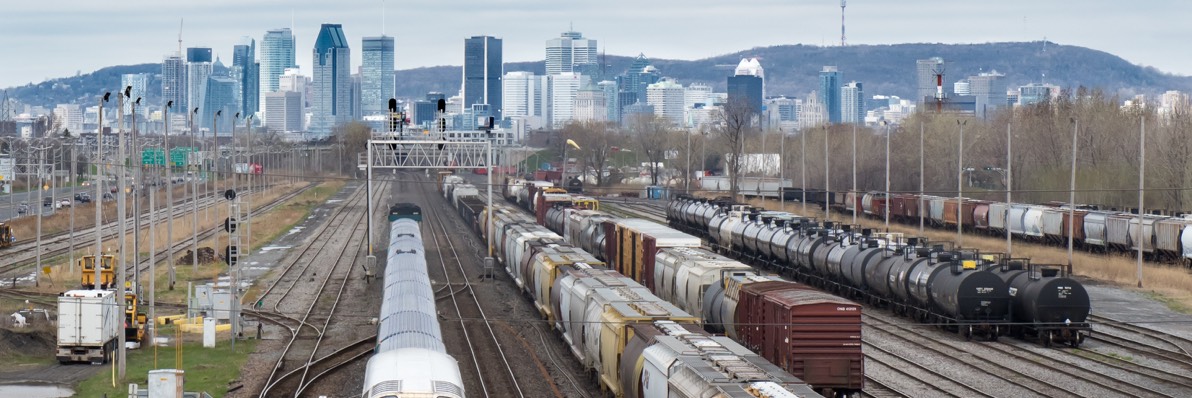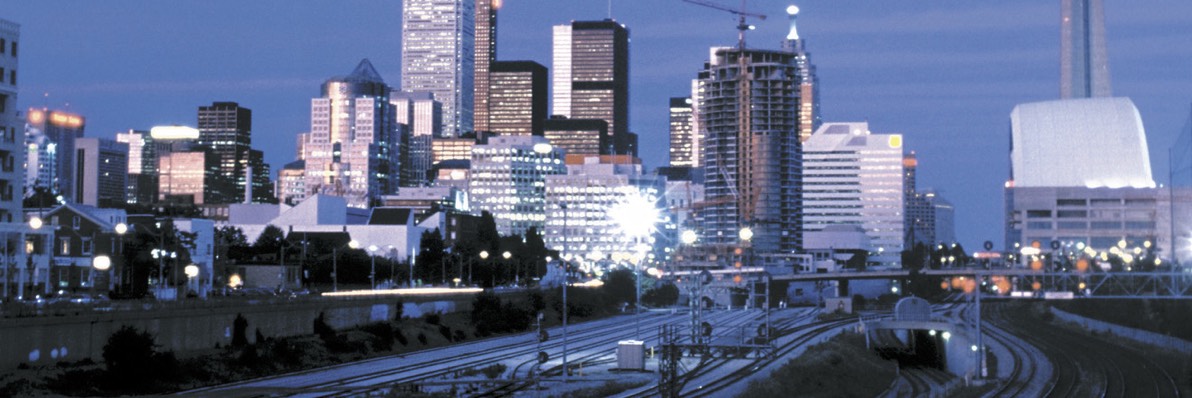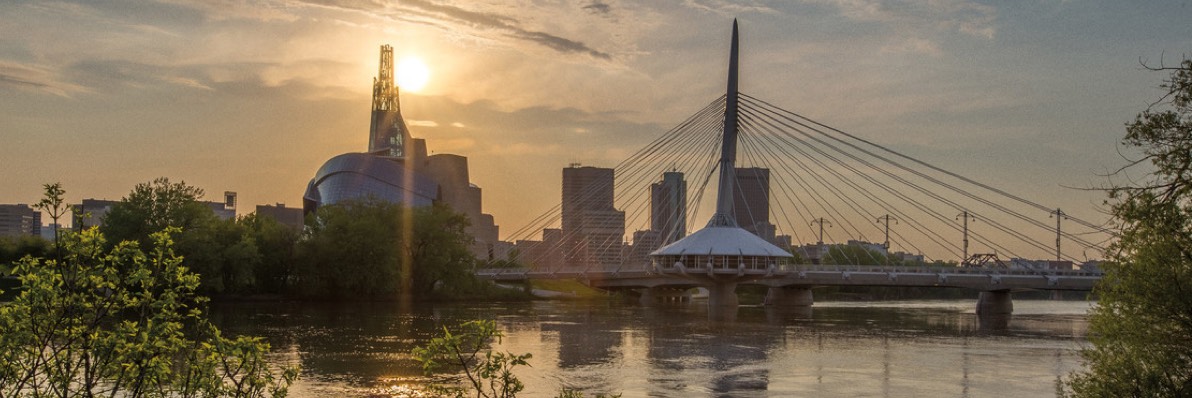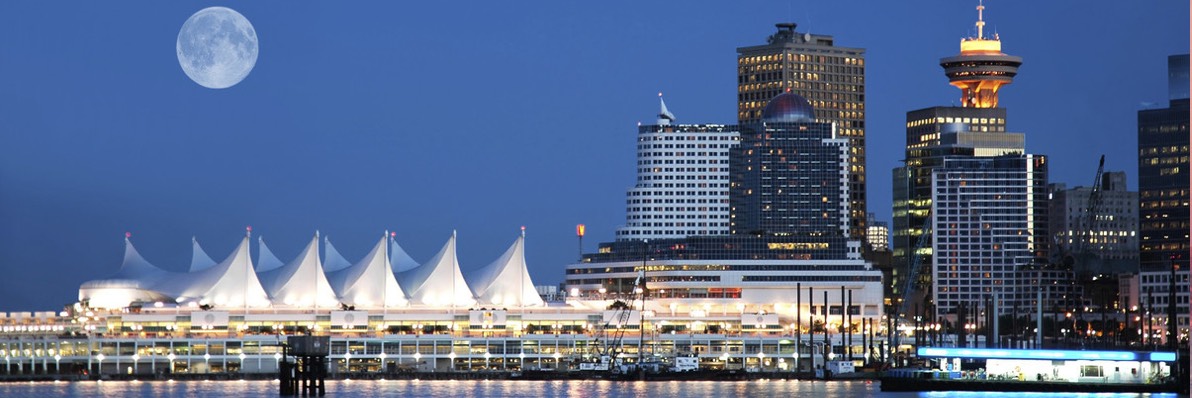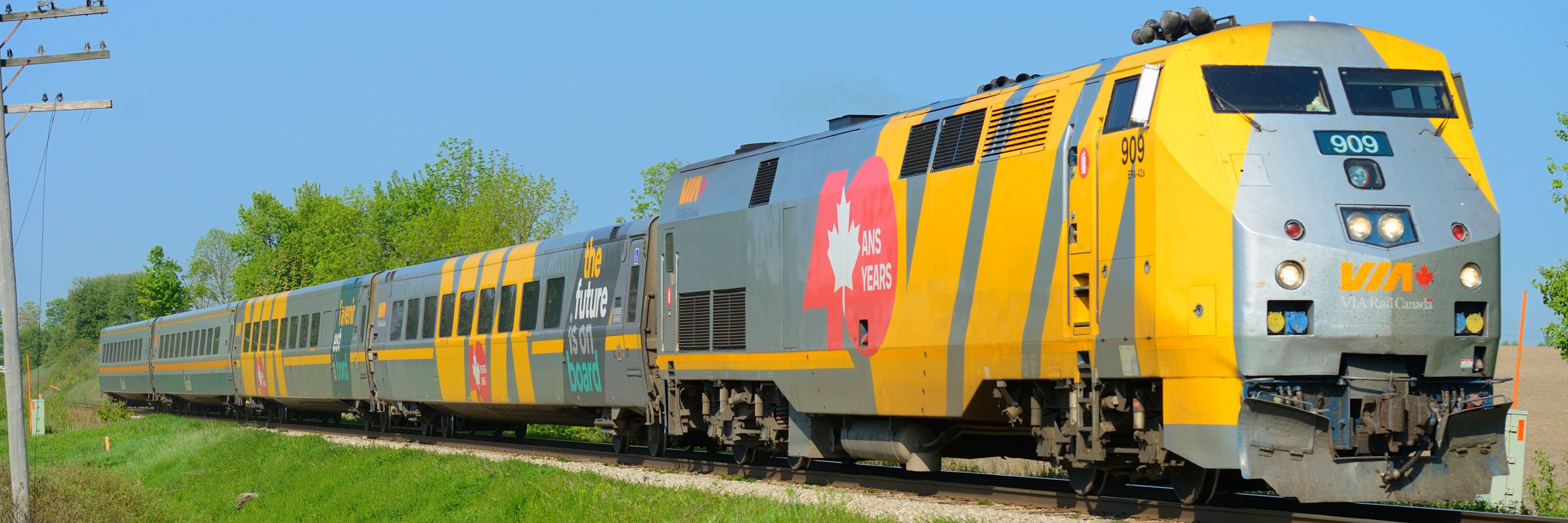Stations & Real Estate
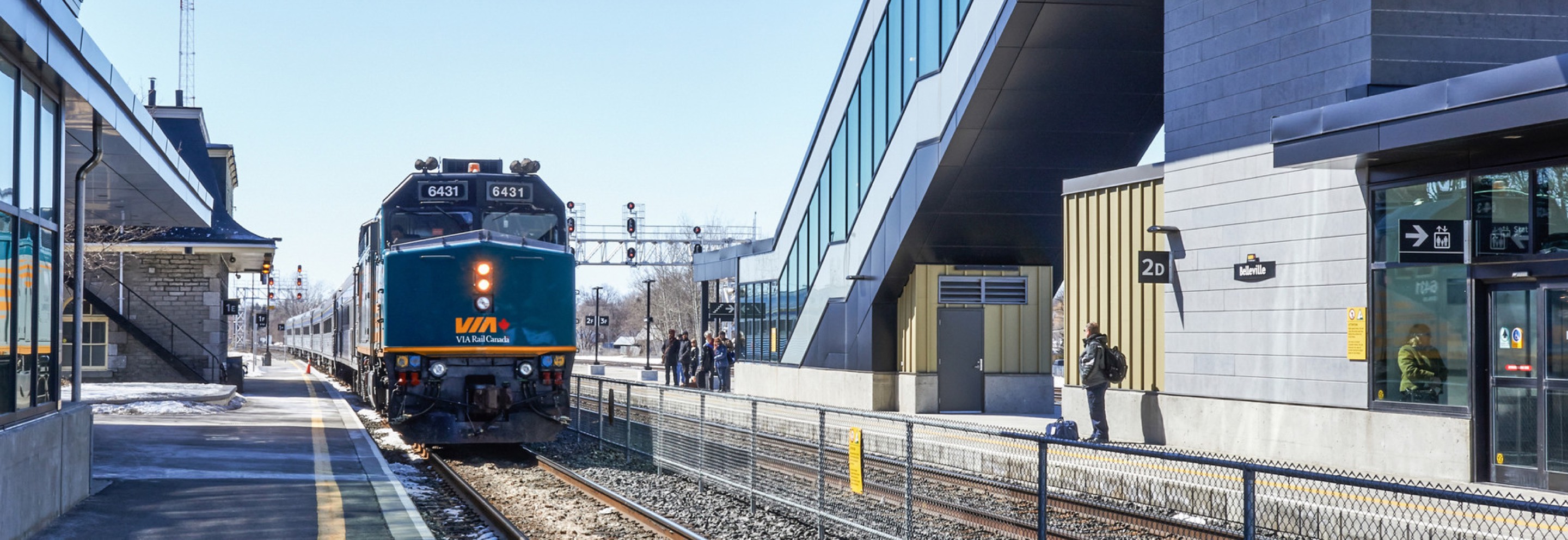
Every year, about 5 million passengers count on us to take them where they need to go, thanks to our onboard and in-station teams and our maintenance centres and offices. As we believe that a station is more than just a waypoint, we make ongoing improvements to increase accessibility, preserve historic buildings, and create economic value for local communities.
Primary Stations
In 2000, VIA Rail’s Ottawa station, built by famed Canadian architect John Cresswell Parkin, was named one of the top 500 buildings produced in Canada during the last millennium. It is currently our most accessible station and one of our 10 main stations in terms of visitor traffic. And now, in addition to its inter-modality options, Ottawa station has earned the LEED® v4.1 Operation and Maintenance: Existing Buildings certification at the Gold level of performance which is second-highest level granted by the Canada Green Building Council. Our station has demonstrated superior performance in key areas including energy, water, air, human health experience, purchasing and waste thus earning us 68 of a possible 100 LEED® points.
Construction date : 1964
Visitors per year : 1,302,059
Heritage
Designed by Warren and Wetmore, the architects behind New York City’s famous Grand Central Terminal, Union Station is the finest example of a Beaux Arts–style railway station in Canada. It is VIA Rail’s tenth-busiest station and has significant heritage value.
Construction date : 1911
Visitors per year : 18,158
Heritage
The first train station built in the province of Québec, the Gare du Palais’s chateau-style architecture is similar to that of the Château Frontenac. The gare du Palais is the sixth-busiest station in terms of visitors.
Construction date : 1916
Visitors per year : 351,188
Intermodal
Heritage
As the major railway station for the second-largest port in Canada , Montréal Central Station played an important role in connecting Canadian cities. VIA Rail’s second-busiest station is also the main transportation hub for the Island of Montréal, providing connections with regional and local trains, buses, and the subway system. Moreover, Montréal Central Station is connected to Montréal’s famous “underground city,” a pedestrian network spread over 32 km.
Construction date : 1943
Visitors per year : 1,649,420
Intermodal
Heritage
The terminus for Toronto–Kingston commuter trains and a major stop on the Toronto–Montréal and Toronto–Ottawa routes, Kingston station welcomes an average of 20 trains per day, making it VIA Rail’s fifth-busiest station.
Construction date : 1974
Visitors per year : 483,938
Toronto’s Union Station, owned by the city of Toronto, is VIA Rail’s busiest station, welcoming more than two million visitors per year. Canada’s largest and most opulent station is a major hub for intercity travel. It is located in the heart of the city and features a market, restaurants, ongoing arts and cultural events, boutiques, a hair salon, and much more.
Construction date : 1914
Visitors per year : 2,983,683
Intermodal
Heritage
The last major stop before the Toronto–Sarnia train terminus and the Toronto–Windsor train terminus, London station is VIA Rail’s fourth-busiest station.
Construction date : 1963
Visitors per year : 512,728
Intermodal
Located near the Canada-US border, Windsor train station is the western terminus of the Québec City–Windsor Corridor. In terms of visitors, it is the eighth-busiest station.
Construction date : 1961
Visitors per year : 270,315
Vancouver’s Pacific Central Station is the western terminus of the Great Western Way route. It is also a junction for trains heading to the United States.
Construction date :1917
Visitors per year : 44,233
Intermodal
Heritage
Halifax is VIA Rail's busiest East Station and 30th in terms of visitor traffic. Recently renovated, elements of sustainable development and accessibility have been incorporated into the heritage architecture.
Construction date : 1928
Visitors per year : 31,104
Intermodal
Heritage
Secondary stations
These stations primarily serve suburban communities on the Québec City–Windsor Corridor. In terms of annual visitors, they are the second-busiest stations.
Tertiary stations
To bring people together and serve remote communities, VIA Rail has 345 train stations, shelters, and signposts that have more modest visitor rates. They are located in the suburbs, in rural areas, and in remote areas that can be accessed only by train.
Intermodal stations
Every year, VIA Rail forms numerous intermodal partnerships as part of its plan to modernize Canadian passenger rail. Intermodal stations provide easy access to other means of transportation, such as regional and intercity buses, regional and city transit trains, car-sharing services, airport shuttle services, and car rental services.
54 heritage stations
Heritage stations are an important part of the Canadian railway system’s history. In order to protect the heritage value of these stations, VIA Rail makes an ongoing effort to preserve and restore all 54 heritage stations across Canada.
Our headquarters
Montréal
VIA Rail’s regional offices (Halifax, Ottawa, Toronto, Winnipeg, and Vancouver) operate under the umbrella of our Montréal headquarters, which is our main Québec office and home to our management team. Whether pertaining to rolling stock, finance, or marketing, project creation and management primarily take place at our headquarters before being deployed across Canada with the help of our regional offices. Along with Moncton, Montréal is the site of one of VIA Rail’s two customer service centres.
Maintenance centers
Montréal
Montréal is home to VIA Rail’s largest maintenance centre, with an average of 10 trains stopping each day for inspection and repairs. This is mainly due to its position on the Québec City–Windsor Corridor—the railway’s busiest route—and because it is a departure/arrival point for eastward and westward trains.
In addition to carrying out most major maintenance work and minor train configuration modification projects, the Montréal Maintenance Centre also has a production line that refurbishes our cars and locomotives. Many major renovation projects have been completed at this centre, including the refurbishment of HEP 1 and LRC cars and the transformation of 12 Renaissance cars into accessible cars. The Montréal maintenance centre also plays a significant role in VIA Rail’s Heritage Program, which is currently revamping our EPA42 locomotives and our economy and business class cars (HEP2).
Size : 35 000 m2
Fleet assigned : 301 train cars
Infrastructures : 8 locomotive bays, 15 cars bays
Certification : ISO 14001, the international standard that specifies requirements for an effective environmental management system (to reduce environmental footprint).
Toronto
In terms of size, number of employees, and number of projects in progress, Toronto’s centre is tied with Montréal’s as VIA Rail’s largest maintenance centre. This is mainly due to its position on the Québec City–Windsor Corridor—the railway’s busiest route—and because it is a departure/arrival point for westward trains.
Size : 31 248 m2
Fleet assigned : 51
Infrastructures : 8 locomotive bays, 8 cars bays
Winnipeg
Our Winnipeg maintenance centre is mainly dedicated to servicing the Winnipeg–Churchill train and ensuring the reliability of trains and locomotives travelling to Toronto and Vancouver. If necessary, the centre’s team also performs minor repairs on The Canadian when it stops in Winnipeg.
Vancouver
Because it is located near the terminus of the Great Western Way route, Vancouver’s maintenance centre performs most service and repair work on The Canadian’s train cars. It is also the only VIA Rail maintenance centre that replaces bearings.
